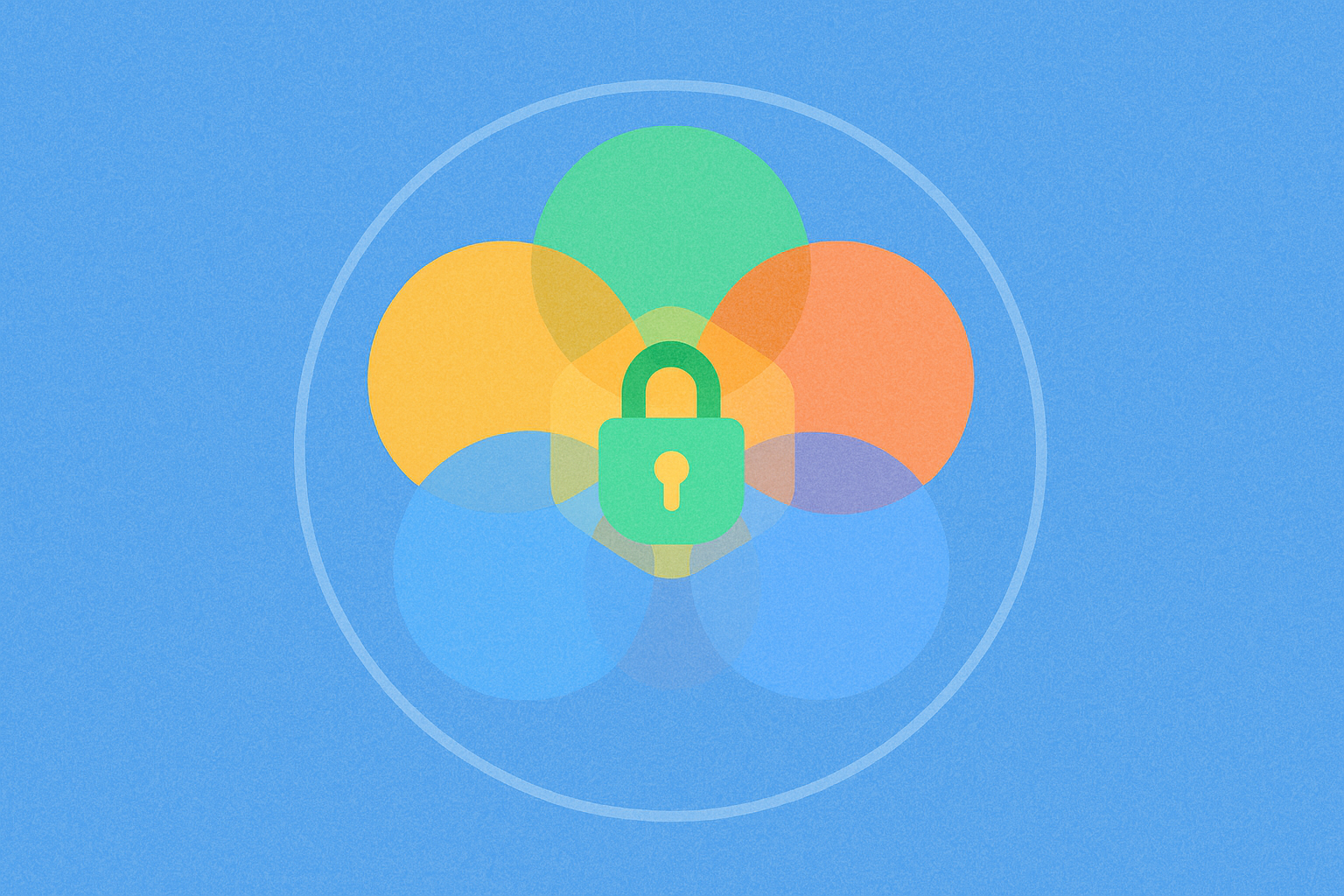multisig wallet

A multisig wallet is a cryptocurrency wallet that requires multiple private keys to authorize transactions, as opposed to traditional wallets that need only one key. This security mechanism significantly enhances asset security by requiring authorization from multiple participants, reducing the risks of single points of failure and private key loss. Multisig technology is widely used in institutional asset management, DAO governance, and protection of large funds, providing users with a more secure and decentralized solution for asset custody.
Background: Origin of Multisig Wallets
Multisig wallet technology originated in the early stages of the Bitcoin network. In 2012, Bitcoin core developer Gavin Andresen introduced the concept of multisignature transactions, implementing it in the Bitcoin protocol through P2SH (Pay to Script Hash) scripts. This technology was initially developed to address the security challenges faced by institutions and individuals managing large amounts of crypto assets.
As blockchain technology evolved, multisig wallets expanded from Bitcoin scripts to numerous other blockchain networks. After Ethereum introduced smart contracts, multisig functionality was further enhanced and popularized, giving rise to popular multisig solutions like Gnosis Safe.
Historically, the development of multisig wallets reflects the blockchain industry's continuous exploration of security mechanisms, marking an important transition from single-key control models to distributed permission management, providing a solid foundation for secure management of crypto assets.
Work Mechanism: How Multisig Wallets Operate
Multisig wallets employ an "M-of-N" permission structure, meaning that out of N authorizers, at least M must approve for a transaction to be executed. The specific working mechanism includes:
- Wallet creation phase: Define the number of participants N and minimum signatures M, generate the wallet address and private keys for each participant
- Transaction initiation: One participant creates a transaction request, specifying the target address and amount
- Transaction signing: The request is distributed to other authorizers, and the transaction can be broadcast to the blockchain network only when the set threshold of M signatures is reached
- Transaction execution: Transactions meeting signature requirements are submitted to the blockchain and finally executed
The implementation of multisig varies technically across different platforms:
- Bitcoin multisig is implemented through scripts (P2SH or P2WSH)
- Ethereum multisig is primarily implemented through smart contracts, such as Gnosis Safe, MultiBaas, etc.
- Third-generation blockchain platforms like Polkadot and Cosmos typically have built-in multisig functionality at the protocol layer
Notably, the signature process for multisig wallets can be either on-chain or off-chain. On-chain signatures provide complete transparency, while off-chain signatures offer better privacy protection and lower transaction fees.
Risks and Challenges of Multisig Wallets
While multisig wallets provide additional security guarantees, they also bring a series of unique risks and challenges:
- Operational complexity: Compared to single-signature wallets, multisig wallets have a more complex usage process, requiring coordination among multiple participants, which may lead to transaction delays
- Private key management: Although the risk of single point of failure is reduced, assets are still at risk if multiple private key holders simultaneously lose their keys or collude
- Smart contract vulnerabilities: Multisig implementations based on smart contracts may contain code defects, such as the 2017 Parity multisig wallet incident that resulted in $150 million worth of Ethereum being permanently locked
- Compatibility issues: Different chains and wallet services support multisig to varying degrees, potentially affecting user experience and interoperability
- Recovery mechanism limitations: If most signers cannot be contacted or keys are lost, funds may become permanently inaccessible
Furthermore, regulatory uncertainty is an important consideration. Some jurisdictions may have specific regulatory positions on assets controlled by multiple parties, and businesses and institutions need to carefully assess compliance requirements when adopting multisig technology.
As technology advances, new mechanisms such as social recovery and secret sharing are being integrated into multisig wallets to address some of the above risks and improve overall security and user experience.
Multisig wallets represent a significant advancement in secure management of crypto assets, distributing asset control from a single central point to multiple participants. This technology not only enhances asset security but also promotes organizational transparency and collaborative decision-making. As blockchain and Web3 ecosystems mature, multisig wallets have become standard configurations for institutional asset management and infrastructure for DAO governance. In the future, we can anticipate that multisig technology will further integrate authentication, social recovery, and smart contract automation features, providing users with more flexible, secure, and user-friendly asset management solutions.
Share
Related Articles

How to Do Your Own Research (DYOR)?

What Is Fundamental Analysis?
